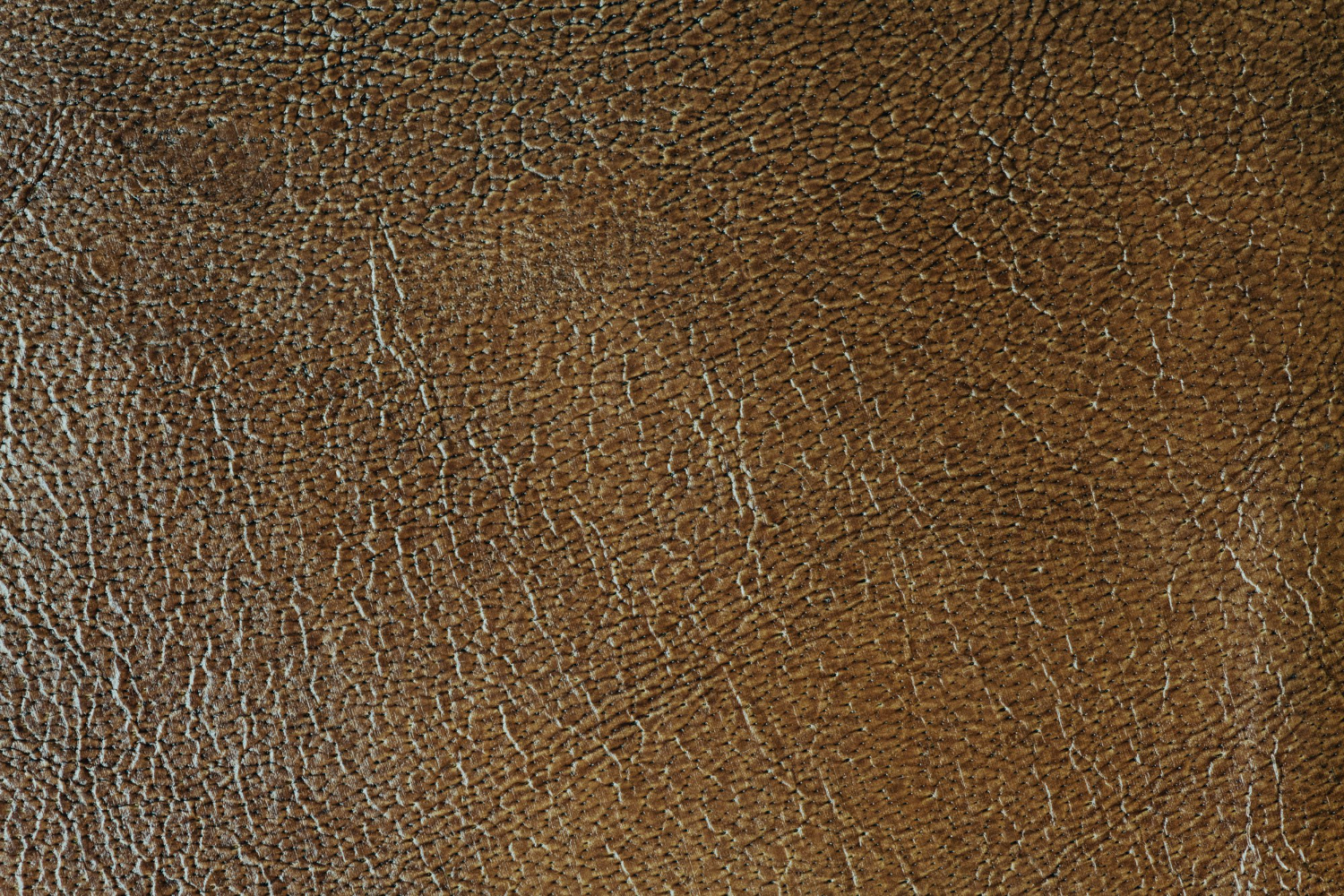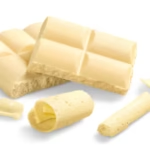When people talk about luxury leather, one term that often stands out is Nappa leather. Known for its unmatched softness, natural feel, and timeless appeal, it has become a favorite choice for car interiors, designer handbags, high-end shoes, and even premium furniture. Unlike regular leather, Nappa leather is smooth, supple, and designed to age gracefully while maintaining a sophisticated look.
In this guide, we’ll explore what makes Nappa leather special, how it is made, the different types available, and where you’re most likely to find it. We’ll also compare it to other types of leather, highlight its benefits, and share practical tips for caring for it. By the end, you’ll have a clear understanding of why Nappa leather is considered one of the most premium leather materials in the world.
What Makes Nappa Leather Unique?
The origins of Nappa leather go back to Napa, California, where the material was first produced in the late 19th century. Over time, the word “Nappa” became associated with soft, full-grain leather that is smoother and finer than most other leathers.
The defining qualities of Nappa leather include its softness, breathability, and natural finish. Unlike corrected-grain leather, which often has a heavy coating to hide imperfections, Nappa is left more natural. This makes it more comfortable to the touch and visually appealing, with subtle grain patterns that reflect its authenticity.
Compared to standard leather, Nappa is:
- Softer and smoother in texture
- More breathable, making it comfortable in both hot and cold weather
- Naturally luxurious, with a matte or satin finish instead of glossy coatings
These qualities explain why Nappa leather is often chosen for products where comfort and elegance matter the most.
How Nappa Leather Is Made?
The production of Nappa leather involves careful tanning and treatment methods that enhance its softness and durability. The tanning process usually uses chromium salts, which create a flexible, lightweight, and smooth material. This method ensures the leather retains its natural grain while being resistant to damage.
The treatment also includes gentle dyeing processes. Unlike heavy pigments that sit on the surface of cheaper leathers, dyes penetrate deeply into Nappa leather. This not only gives it rich, even color but also helps preserve its natural feel.
Why these steps matter:
- The chrome tanning process allows the leather to remain soft over time.
- Penetrating dyes ensure long-lasting color without affecting the surface texture.
- Minimal surface treatments keep the leather breathable and natural.
The result is a leather that balances luxury and practicality, offering both durability and unmatched comfort.
Types of Nappa Leather
Not all Nappa leather is the same. Manufacturers produce different variations depending on how the leather is treated and finished.
Full-Grain Nappa
Full-grain Nappa is the highest-quality version, made from the top layer of the hide. It maintains the natural grain and markings of the leather, making it strong, durable, and luxurious.
Semi-Aniline and Other Variations
Semi-aniline Nappa is lightly treated with a protective finish that helps resist stains and wear. While it still retains softness, the protective layer makes it slightly more practical for everyday use.
Other variations may include pigmented Nappa, which is coated with color to create uniformity, and embossed Nappa, where the natural grain is enhanced with patterns.
Common Uses of Nappa Leather
Because of its softness and luxurious appearance, Nappa leather is widely used across industries.
- Automotive interiors: Many premium car brands, including BMW, Audi, and Mercedes-Benz, use Nappa leather for seats, steering wheels, and trims. The comfort and breathability make it ideal for long drives.
- Fashion and accessories: High-end handbags, wallets, shoes, and belts are often crafted from Nappa leather. Its smooth finish makes it a designer favorite.
- Furniture and home décor: Sofas, chairs, and other interior furnishings made with Nappa offer elegance and comfort, elevating any living space.
This wide range of uses reinforces its reputation as a truly versatile luxury material.
Nappa Leather vs. Other Leathers
One of the best ways to understand the value of Nappa leather is by comparing it to other types.
| Leather Type | Texture & Feel | Durability | Common Uses | Price Level |
| Nappa Leather | Very soft, smooth, natural | Durable with care | Cars, fashion, furniture | Premium |
| Standard Leather | Firmer, less refined | Durable but less soft | Everyday accessories, shoes | Mid-range |
| Suede | Velvety, delicate | Less durable | Jackets, shoes, accessories | Moderate |
| Faux Leather | Synthetic, uniform texture | Varies, not breathable | Affordable furniture, bags | Budget-friendly |
| Bonded Leather | Recycled scraps, uneven | Weak, short lifespan | Low-cost furniture | Low |
This comparison highlights why Nappa leather stands apart. While it costs more, it offers better comfort, style, and longevity.
Benefits of Choosing Nappa Leather
The benefits of Nappa leather extend beyond aesthetics.
- Comfort and softness: Its natural texture feels smooth against the skin, making it especially desirable for clothing and seating.
- Aesthetic appeal: With its refined look, it instantly elevates the product it’s used in.
- Longevity and performance: When maintained properly, Nappa leather can last for decades without losing its charm.
This combination of features ensures that consumers see Nappa leather as a worthwhile investment, not just a purchase.
How to Care for Nappa Leather?
Like all natural materials, Nappa leather requires proper care to maintain its beauty.
- Cleaning basics: Use a soft, damp cloth to remove dust and dirt. Avoid harsh chemicals, as they can damage the leather’s natural surface.
- Conditioning and maintenance: Apply a leather conditioner every few months to keep it supple. This prevents cracking and preserves softness.
- Protection against wear: Keep Nappa leather away from direct sunlight and excess moisture. Using protective sprays can help guard against stains.
A simple routine of cleaning and conditioning can extend the life of Nappa leather, keeping it looking and feeling new.
Is Nappa Leather Worth It?
When deciding whether Nappa leather is worth the cost, it helps to weigh both the financial and practical aspects.
On the one hand, Nappa is more expensive than other leathers. On the other, it offers superior comfort, a premium look, and long-term durability. For luxury cars, designer goods, or premium furniture, the added value is often clear.
Cost considerations:
- Higher initial price than standard or synthetic leathers
- Lower need for replacement when cared for properly
Value perspective:
- Enhances the look and feel of products
- Offers better comfort and longer lifespan
In short, while the upfront investment may be higher, Nappa leather often proves to be more cost-effective in the long run.
Conclusion
Nappa leather has earned its place as one of the most respected materials in the world of luxury. From its origins in Napa, California, to its widespread use in cars, fashion, and furniture, it continues to symbolize elegance and comfort.
What sets it apart is its unique combination of softness, natural finish, and durability. Compared to other leathers, it stands out as a premium choice that not only looks beautiful but also performs well over time.
For those seeking luxury with long-term value, Nappa leather is worth every consideration. By understanding how it’s made, where it’s used, and how to care for it, consumers can make informed decisions and enjoy the timeless appeal of this remarkable material.
My name is Mustafa, and I have been blogging for over 5 years. I am passionate about sharing complete, accurate, and helpful information with my readers. Along with managing content on The Matcha Read, I also contribute blog posts to premium websites. My goal is to provide valuable insights in a clear and easy-to-understand way, so every reader walks away with useful knowledge.










